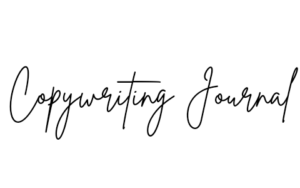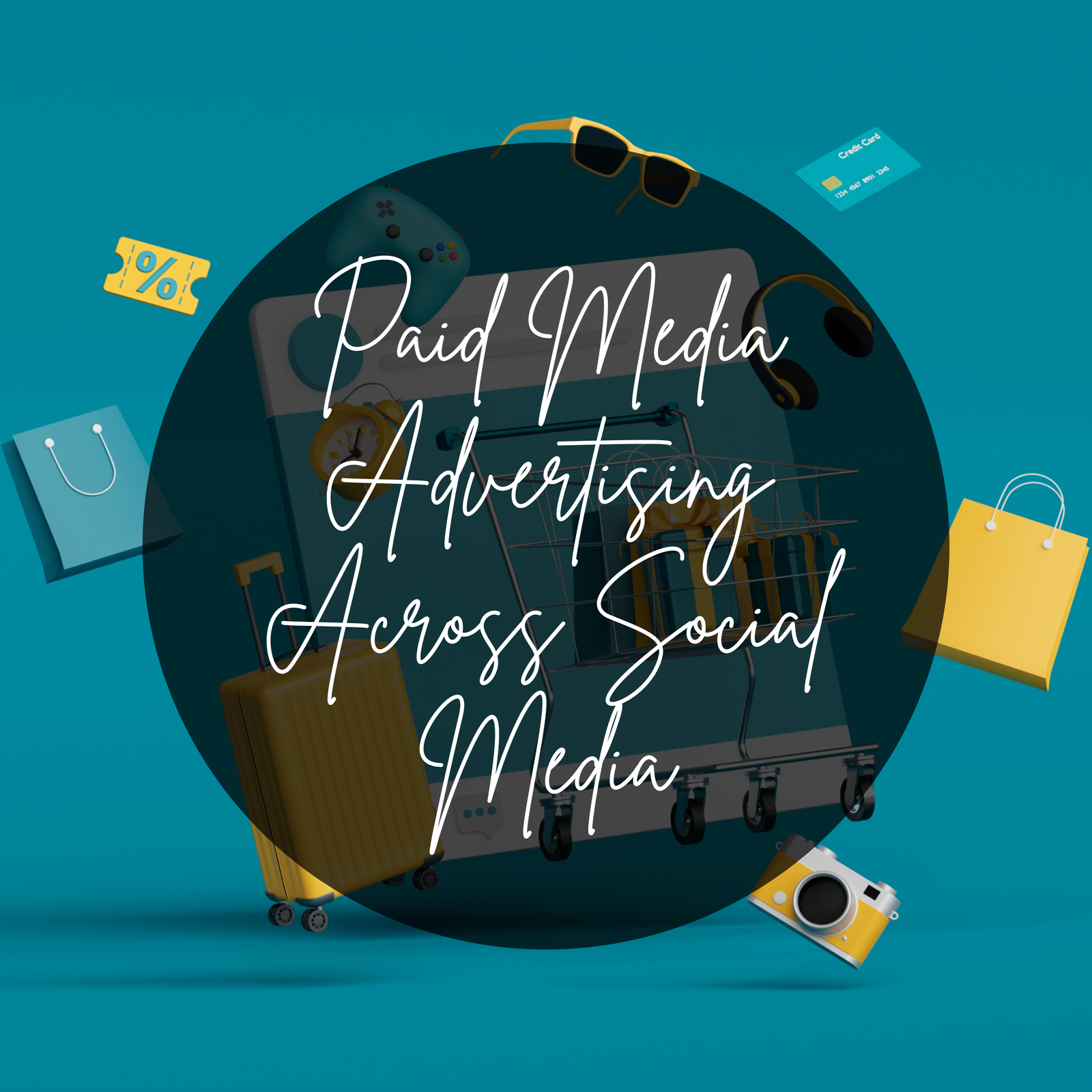I still remember the first time I tried running a paid ad on Facebook (this was for a personal start-up brand, by the way). I had crafted what I thought was the perfect ad—clever copy, a striking image, and a call-to-action I was sure would bring in a flood of leads. I clicked “publish” with excitement, only to watch my budget drain away with barely a handful of clicks to show for it. What went wrong? Well, like many small businesses and marketers, I underestimated the complexity of paid media.
If you’ve ever found yourself pouring money into social media ads and wondering why the results aren’t matching up, you’re not alone. Paid media can feel like a black hole if you’re not careful, but it doesn’t have to be that way. In this guide, I’ll break down the basics of advertising across key social media platforms, so you can get more from your budget and start seeing the ROI you’ve been hoping for.
Ready to learn more? Let’s get started!
Facebook Ads: Maximizing Reach and Engagement
Facebook is the big daddy of social media advertising, with billions of active users and robust targeting options. It’s perfect for reaching a broad audience, but it’s easy to get lost in the weeds without a clear strategy.
Key Strategies:
- Audience Targeting: Facebook offers unparalleled targeting options, from interests and behaviors to demographics and location. Use Facebook’s Lookalike Audiences to find new people similar to your existing customers.
- Ad Formats: Facebook supports multiple formats—image, video, carousel, and more. Each format has its strengths. For example, carousel ads are great for showcasing a variety of products, while video ads are effective for storytelling.
- Ad Budgeting: Consider starting with a small daily budget to test different ad types and creatives. Use A/B testing to optimize your copy and visuals before scaling up.
- Retargeting: Use Facebook’s Pixel to retarget users who have visited your website or engaged with your content. Retargeting campaigns often deliver higher conversion rates because you’re reaching an already interested audience.
Instagram Ads: Visually Engaging Audiences
Instagram is all about visual storytelling. It’s a powerhouse for brands that have compelling visuals and want to target a younger, trend-conscious audience. The platform shares Facebook’s ad infrastructure, so if you’re familiar with Facebook Ads, you’ll have a head start.
Key Strategies:
- Visual Quality: Focus on high-quality images and videos. Instagram’s audience is used to beautiful visuals, so blurry images or poorly edited videos won’t cut it.
- Instagram Stories: Use Stories ads to create a sense of urgency. They disappear after 24 hours, making them perfect for limited-time offers or product launches.
- Influencer Collaborations: Consider partnering with influencers to boost your reach. Micro-influencers (those with 10k-100k followers) often have highly engaged audiences, making them a cost-effective choice.
- Shoppable Posts: For e-commerce brands, take advantage of Instagram’s Shoppable Posts feature to allow users to purchase directly from your ad without leaving the platform.
LinkedIn Ads: Targeting Professionals and B2B Audiences
LinkedIn might not be as flashy as Instagram or Facebook, but it’s a goldmine for B2B companies and professional services. The platform’s user base is in a business mindset, which makes it ideal for networking, recruiting, and lead generation.
Key Strategies:
- Precision Targeting: Use LinkedIn’s advanced targeting to reach professionals by job title, company size, industry, and more. This level of specificity is unmatched, making it great for niche B2B products or services.
- Sponsored Content vs. InMail: Consider using Sponsored Content for brand awareness and Sponsored InMail for direct, personalized communication. InMail can be effective for lead generation when used strategically.
- Thought Leadership: Promote content that positions your brand as a thought leader. LinkedIn’s audience responds well to well-crafted articles, white papers, and reports, so use ads to drive traffic to these resources.
- Conversion Tracking: Use LinkedIn’s Insight Tag to track conversions and measure ROI. This tool is similar to Facebook’s Pixel and helps you understand how your ads are performing.
Twitter Ads: Engaging in Real-Time
Twitter is the go-to platform for real-time engagement and conversations. It’s ideal for promoting events, trending content, or driving engagement with a fast-moving audience. While Twitter’s targeting options aren’t as detailed as Facebook’s, it still offers unique opportunities for brands.
Key Strategies:
- Promoted Tweets: Use Promoted Tweets to boost your most engaging content to a broader audience. Choose tweets that have performed well organically for better results.
- Hashtags: Make the most of Twitter’s hashtag culture. Use relevant and trending hashtags to increase visibility and join ongoing conversations.
- Twitter Cards: Use Twitter Cards to make your ads more visually appealing. These allow you to include more media, making your ads stand out in a crowded feed.
- Timing Matters: Twitter’s real-time nature means that the timing of your ads is crucial. Focus on the time zones and active periods of your target audience to get the best engagement.
TikTok Ads: Reaching Gen Z and Millennials
TikTok has exploded in popularity, becoming the platform of choice for younger audiences. If your brand targets Gen Z or Millennials, TikTok should be on your radar. Its ad platform, while still relatively new, has proven to be highly effective for brands with a creative edge.
Key Strategies:
- Creative, Authentic Content: TikTok users value authenticity. Your ads should feel organic and blend in with the user-generated content on the platform. Consider participating in trending challenges or using popular music to capture attention.
- Hashtag Challenges: Create branded hashtag challenges to encourage user-generated content. This is a great way to engage users and build brand awareness.
- Influencer Partnerships: Collaborate with TikTok influencers who align with your brand. Influencers can help you reach your target audience in an authentic way, boosting credibility and engagement.
- Ad Formats: TikTok offers various formats, including In-Feed Ads, Branded Effects, and TopView Ads. Experiment to see which one resonates best with your audience.
Pinterest Ads: Inspiring Creativity and Driving Conversions
Pinterest is a visual discovery engine, making it a prime platform for lifestyle brands, home decor, fashion, food, and DIY. Users are planners, often searching for ideas and inspiration, which makes them more likely to convert.
Key Strategies:
- Promoted Pins: Use Promoted Pins to get your products in front of users searching for related topics. These blend seamlessly with organic content, making them less intrusive.
- Rich Pins: Enable Rich Pins for e-commerce sites. These provide additional information like product price, availability, or recipe details, making it easier for users to take action.
- Seasonal Content: Pinterest users plan months in advance. If you’re running a holiday campaign, make sure to start promoting early to capture interest during the planning phase.
- Eye-Catching Graphics: Pins should be visually appealing and informative. Use bright colors, clear text, and vertical images to stand out in a user’s feed.
Snapchat Ads: Capturing Attention with Short-Form Content
Snapchat is known for its disappearing content, making it a unique space for advertisers to engage younger audiences. While not as widely used as Instagram or TikTok, Snapchat offers a fun, creative way to reach Gen Z.
Key Strategies:
- Snap Ads: These are 10-second full-screen video ads that appear between user stories. Keep them short, engaging, and to the point.
- Lenses and Filters: Create branded lenses or filters to encourage users to engage with your brand. This can drive massive brand awareness, especially for events or product launches.
- Geofilters: Use Geofilters for local businesses or events. These location-based overlays can attract foot traffic and increase local awareness.
- Dynamic Ads: Use Snapchat’s Dynamic Ads to retarget users with personalized content based on their browsing behavior.
Conclusion: Choosing the Right Platform for Your Brand
Navigating the world of paid media can feel overwhelming, but it’s about finding the right platform for your audience and crafting ads that resonate with them. Each social media platform has its own strengths, and the key is understanding which aligns with your brand’s goals. Start small, test different strategies, and adjust based on what works.
Remember, successful paid media campaigns require patience and experimentation. Don’t be afraid to fail—every failed ad is just one step closer to finding the formula that works for your business. Whether you’re aiming for a broad audience on Facebook, targeting professionals on LinkedIn, or getting creative with TikTok, there’s a platform out there that can help you reach your goals.
Now, it’s your turn to take the plunge! Which platform are you going to try next?

